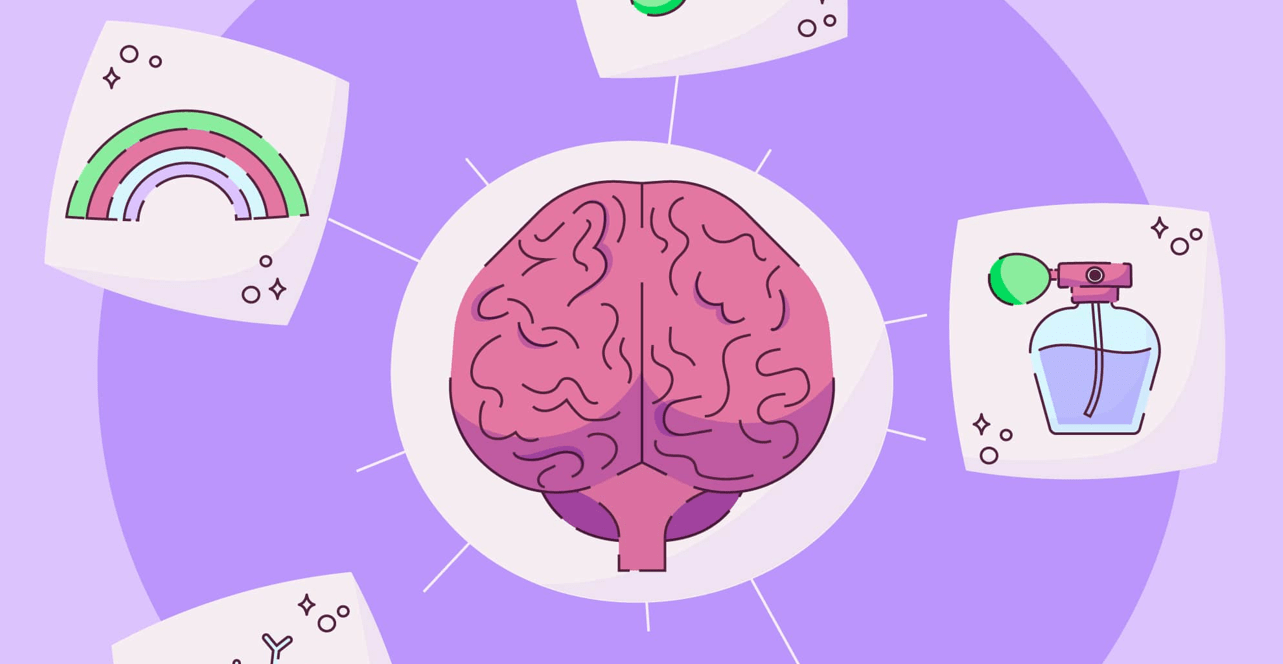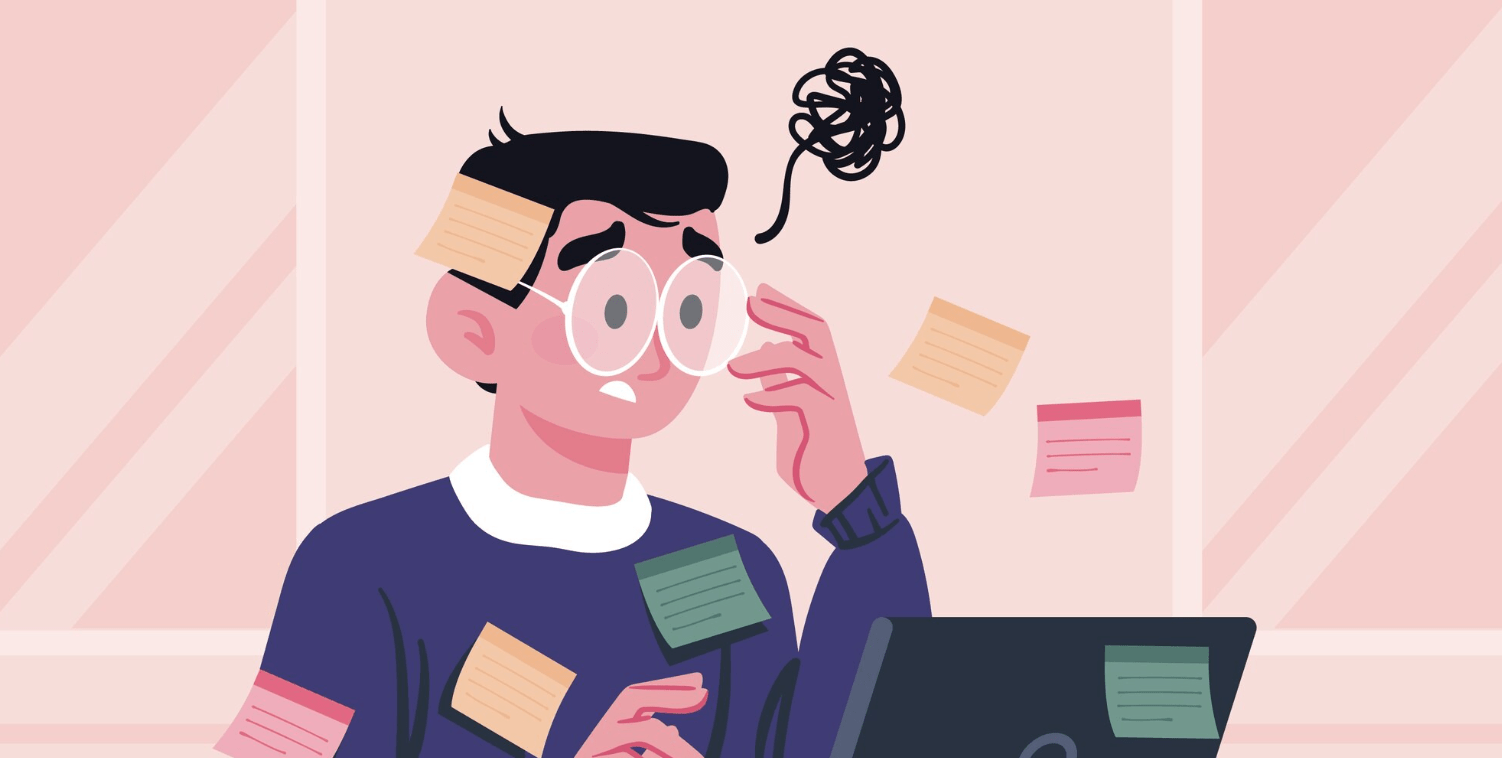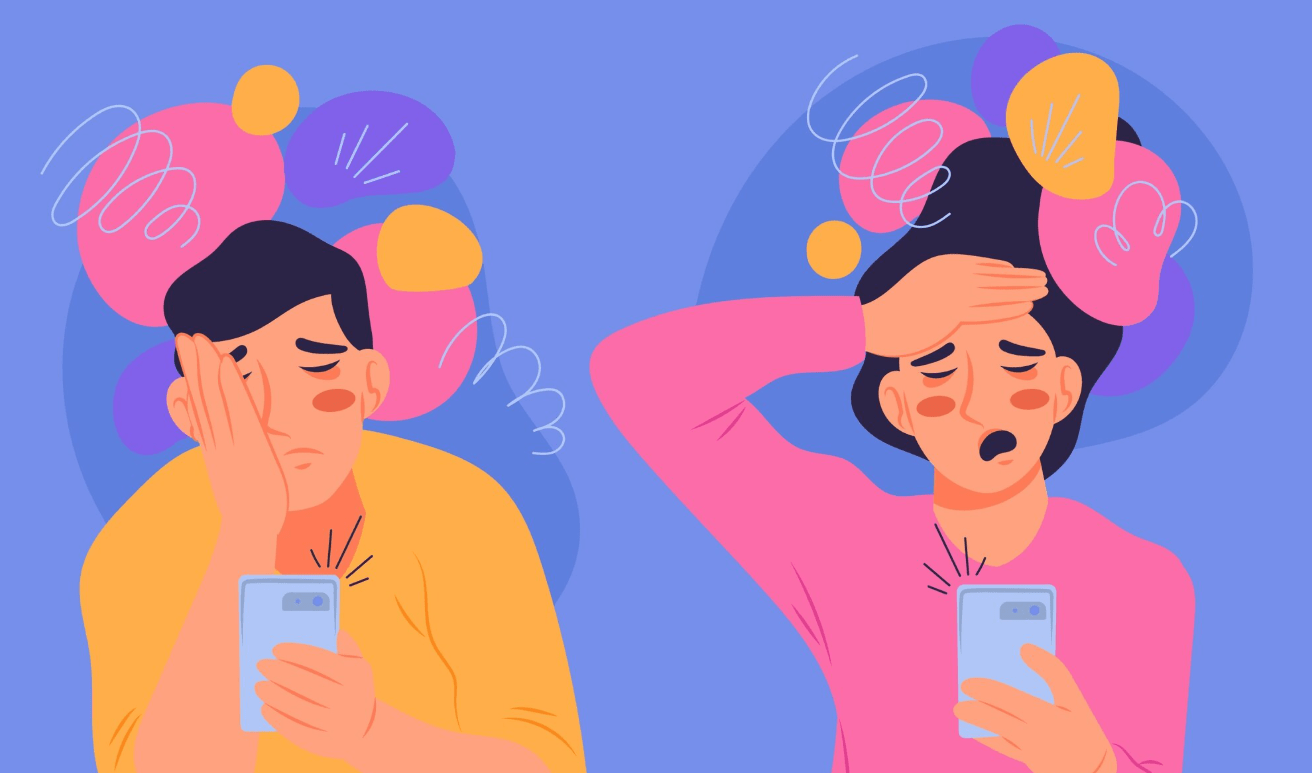How Brain Plasticity Can Help You Recover from Brain Fog

How Brain Plasticity Can Help You Recover from Brain Fog
When your mind feels foggy, slow, or disconnected, it can be frustrating — especially if it lasts for weeks or months. You might forget words, lose focus mid-sentence, or feel mentally drained even after resting. But the good news is that your brain has a built-in recovery mechanism known as neuroplasticity. This natural process allows your brain to rewire and heal itself, restoring clarity, focus, and energy over time.
In this article, we’ll explain how brain plasticity works, why it’s the key to overcoming brain fog, and how to activate it through small daily actions. We’ll also explore how tools like Moadly and cognitive exercises can accelerate recovery. For more background on mental clarity, check The Science Behind Brain Fog: Causes and Cognitive Effects and How to Rewire Your Brain After Chronic Brain Fog.

What Is Brain Plasticity?
Brain plasticity, or neuroplasticity, is your brain’s ability to form new neural connections and reorganize itself. It’s how you learn new skills, adapt to challenges, and recover from damage or stress. Each time you learn, think, or repeat an activity, your brain strengthens certain neural pathways while pruning others that are rarely used.
Here’s a simple example: when you start learning a language, it feels hard at first because your brain is building new circuits. Over time, those connections strengthen, and the skill becomes easier. The same principle applies when you work to overcome brain fog — consistent practice leads to measurable improvement.
How Brain Fog Disrupts Neural Pathways
Brain fog happens when communication between brain regions slows down or becomes inefficient. This can be caused by:
- Chronic stress and high cortisol levels
- Inflammation from illness or poor diet
- Lack of restorative sleep
- Overstimulation from screens and multitasking
- Nutrient deficiencies or dehydration
These factors weaken the strength of neural connections, making it harder to focus, recall information, or process thoughts clearly. The key to recovery is reactivating brain plasticity — helping your neurons rebuild and reconnect efficiently.
How Neuroplasticity Helps You Recover
When your brain engages in focused, meaningful activity, it creates new pathways that replace foggy or sluggish ones. Think of it like reprogramming a computer — the more you practice, the faster the new software runs.
Neuroplasticity-driven recovery involves three main stages:
- Activation: Stimulating brain regions through focus and learning.
- Strengthening: Repetition and challenge reinforce neural connections.
- Integration: The new connections begin to support your daily thinking and decision-making.
Apps like Moadly are designed specifically around these principles, providing structured, short exercises that activate and strengthen neural circuits responsible for attention, memory, and clarity.
Everyday Habits That Support Brain Plasticity
Brain rewiring doesn’t only happen through exercises. Everyday habits also have a huge impact on how quickly your brain adapts and heals. Here’s a breakdown of what helps:
| Category | How It Supports Plasticity | Examples |
|---|---|---|
| Physical Activity | Increases blood flow and neurotrophic factors that grow new neurons | Brisk walking, yoga, swimming, cycling |
| Mental Challenges | Encourages new neural pathways and pattern recognition | Brain games, puzzles, memory tasks on Moadly |
| Sleep | Consolidates learning and clears toxins from the brain | 7–9 hours of consistent, quality rest |
| Nutrition | Provides essential nutrients for neuron repair | Omega-3s, antioxidants, leafy greens |
| Mindfulness | Reduces stress hormones that inhibit plasticity | Meditation, breathing exercises, journaling |
For more on nutrition and cognitive recovery, read The Connection Between Nutrition and Cognitive Fatigue.
Why Brain Training Apps Like Moadly Work
While lifestyle habits lay the foundation, structured cognitive exercises actively drive neuroplasticity. Moadly helps you train core mental skills — memory, focus, problem-solving — through short, daily challenges that adapt to your current ability level. This adaptive feedback loop pushes your brain just enough to grow stronger without overwhelming you.
Unlike passive activities, these targeted exercises keep your neurons firing in new patterns, which speeds up recovery from brain fog. Over time, you’ll notice improvements in attention span, clarity, and recall in daily life.
To see how this works in practice, check out Daily Brain Exercises That Improve Clarity and Recall.
Building a Routine That Encourages Brain Growth
Consistency matters more than intensity when it comes to neuroplasticity. Doing a small, focused task each day is better than an occasional long session. Here’s a simple plan for building a brain recovery routine:
- Morning: Start your day with 10 minutes of Moadly exercises to activate focus and attention.
- Afternoon: Take a 15-minute walk to reset energy and boost oxygen flow to your brain.
- Evening: Reflect or journal to process thoughts and solidify memory formation.
If you want more structure for your daily habits, read How to Create a Routine to Prevent Brain Fog for step-by-step guidance.
Signs That Your Brain Is Recovering
As neuroplasticity takes effect, you’ll notice subtle but real changes in your thinking patterns and energy levels. Common signs of improvement include:
- Better concentration during reading or work
- Improved recall for names, tasks, and details
- More consistent mental energy throughout the day
- Decreased frustration or overwhelm during multitasking
These shifts often happen gradually, so it’s helpful to track your mental state weekly. Moadly’s built-in progress tracking can help you see how your focus and memory evolve over time.
Combining Brain Training with Lifestyle Changes
The most powerful results come when you combine brain exercises with supportive habits. For instance, if you improve your sleep quality (see The Role of Sleep in Preventing Brain Fog) and practice 10 minutes of Moadly each morning, your brain gets both the rest and stimulation it needs to rewire effectively.
Think of it as a triangle: sleep, training, and nutrition — all three support neuroplastic recovery. Skipping one slows progress, while balancing all accelerates healing and long-term clarity.
How Long Does Recovery Take?
Every brain is different. Some people notice improvements within a few weeks, while others need several months of consistent effort. The key is to stay patient and persistent. Each small win — remembering a word faster, focusing longer, or feeling mentally refreshed — means your neural circuits are repairing themselves.
For extra motivation, explore How to Rebuild Concentration After Brain Fog to reinforce your focus-building strategies.
Final Thoughts
Brain fog can feel discouraging, but your brain’s natural ability to heal through neuroplasticity gives you real hope. By combining lifestyle improvements, consistent cognitive exercises, and mental rest, you can literally rewire your brain toward clarity and performance.
Apps like Moadly make this process easier by giving you structured, science-backed exercises that keep your mind active and adaptive. It’s not about perfection — it’s about steady progress. Every small action builds stronger, faster, and clearer thinking.
To explore more tools and guides for cognitive recovery, visit Moadly News and start your path toward a clearer, sharper mind today.


